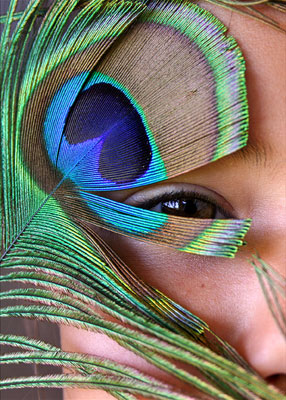All Nonfiction
- Bullying
- Books
- Academic
- Author Interviews
- Celebrity interviews
- College Articles
- College Essays
- Educator of the Year
- Heroes
- Interviews
- Memoir
- Personal Experience
- Sports
- Travel & Culture
All Opinions
- Bullying
- Current Events / Politics
- Discrimination
- Drugs / Alcohol / Smoking
- Entertainment / Celebrities
- Environment
- Love / Relationships
- Movies / Music / TV
- Pop Culture / Trends
- School / College
- Social Issues / Civics
- Spirituality / Religion
- Sports / Hobbies
All Hot Topics
- Bullying
- Community Service
- Environment
- Health
- Letters to the Editor
- Pride & Prejudice
- What Matters
- Back
Summer Guide
- Program Links
- Program Reviews
- Back
College Guide
- College Links
- College Reviews
- College Essays
- College Articles
- Back
Acuvue Contact Lenses
This advertisement for ACUVUE contact lenses was found in the April 12th, 2012 version of the magazine Seventeen. The ad shows one lone light skinned female high school student at prom that’s looking sad and miserable. She has her hand on her cheek and her eyes are staring off in the distance. She’s in a purple dress, wearing a big pair of glasses and has pearl accessories for jewelry. In the background there are eight other high school boys and girls light skinned and African American, also dressed up, that are having a good time laughing and socializing. Pictured in the very back are pink and blue balloons and a disco ball. The caption “1 DAY he’ll be begging me to dance with him” appears in the middle of the page. The overall scene is a happy one for all except for the lonesome girl. At the very bottom there is some info given about the contacts.
The main persuasion techniques used in this ad are association, plain folks, simple solution, and analogy. Association is used by linking the product to high school kids. All but one kid in the ad seem to be enjoying their night. Simple solution is also a technique used in the ad because it gives young adults a sense that getting rid of their glasses and switching to contacts will solve their boy/girl problems as well as their social problems. But contacts won’t make a high school kid’s problems go away.
Plain folk is another persuasion technique demonstrated here because the ad doesn’t use any famous actors or celebrities to get people to buy the product. Instead, it’s using regular high school kids to get other young adults to use the product. The ad shows that if regular people can use it so easily, then the readers can too. It also implies that if someone wears the contacts, then they will have their attractiveness level increased and possibly be able to get a boyfriend or girlfriend.
The last technique used is analogy. Though the ad doesn’t show a real strong analogy, it does use emotional images to illustrate an unfair comparison. The one sad and lonely girl versus the happy and entertained kids is the relationship. This creates a bad feeling for anyone who wears glasses as opposed to contacts. It’s saying that if you’re wearing glasses, odds are you won’t be a happy kind of person; you’ll have few friends, and no relationships.
Unfortunately there is some information left out of this advertisement. The most obvious thing is the price. The reader has no idea how much they would have to pay for the contact lenses. It also omits information on the whereabouts to buy this product and how to get it. The advertisement for customer’s sake could also include how effective the contacts are by including ratings and customer reviews because then paying customers might get ripped off if they discover how bad the product might be.
Overall this ad displays stereotypes that people wearing glasses or people who have worn glasses in the past would likely find offensive. It may also be damaging to their self esteem. This ad is saying that people with glasses need to switch to contacts so they can have a social life and get themselves a relationship. This could then lead to sadness and possible depression in many people just because they can’t get or afford contacts.

Similar Articles
JOIN THE DISCUSSION
This article has 0 comments.
